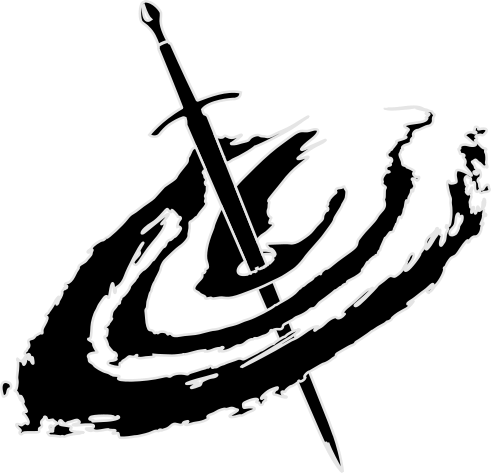The week in review at Accretion Flow

It’s been a long week setting up the company and getting the business side of things established, but that doesn’t mean we haven’t been hard at work on the game itself!
Over the past couple of years this game, and the world its built around have been in development. It’s been written and re-written. Rules re-imagined, all trying to nail down what encapsulates and represents the environment most accurately. There’s still a lot to do, however, we’re working hard to prepare the core rules and initial lore dumps just in time for the spooky season!
We’ve been doing so much non-game work we almost forgot to drop any tidbits about the game, so lets fix that…
Core Systems: Dice

Dice & Dice Pool System
We put a lot of thought into our dice system. Weighed the advantages of different dice and different numbers of dice. Right off the bat, we wanted to avoid another D&D clone or even D&D adjacent in the rule set. While the d20 is iconic, it’s so unpredictably swingy, with an equally weighted chance for every result. It’s too luck-based even for a game heavily themed in the intervention of Fate.
After experimenting with fixed curve systems like 3d6, a 2d10, and several other variations, we ultimately settled on a d10 dice pool system. It’s not that dice pool systems are underutilized by any stretch of the imagination, but there’s a certain allure to the clicky math rocks that we couldn’t resist.
We wanted every point to matter on the character sheet. In non-pool systems, each +1 or -1 ultimately boils down to a static percentile modification that either compensates for the natural swing of a monolithic die or has severely diminishing returns as growth occurs.
Shadowrun, originally produced by FASA before moving to Catalyst Game Labs, is the poster child for dice goblinry, but there comes a point where another die is dull and even a little tricky to wrangle. So, while our dice pool doesn’t have a cap per se, it naturally caps out at 20, and at least for now, the general pool size lands between 6 and 12.
As for d6 vs. d10 vs. d12, etc., 6-sided dice offer an easy-to-access entry point, but thousands of games already serve that purpose. If you’re digging around for an indie game, chances are you have more than one set of dice. Ultimately, it came down to boring stuff, the underlying math of game balance, and making the table math required when actively participating as easy on everyone, GM included, as possible.
The pool is determined in cooperation between the GM and the Player driving their character. Player agency is a core pillar of the system, but in group play, there has to be a guiding hand. So, the standard operating procedure is whenever a roll is called for, whether by the GM or the Player asking for a roll to attempt a movement, the skill is decided, the GM determines the core attribute used, and the Player chooses a second attribute that best represents how they’re attempting their movement.
The GM may declare finesse to be the core attribute used to attack. The Player with a charming swashbuckler might use flourish and style, employing Charisma, whereas a roguish assassin might strike with precision, engaging via Acuity.
As you may have noticed, skills are only mentioned as a deciding factor for a core attribute the GM declares and not as part of the dice pool. That’ll be explained in detail later, but the gist is that they provide access to Techniques and modify dice Target Numbers and Thresholds.
The system’s complexity is scaleable for each individual table. Want a more rules-lite method? The core system will work without employing Techniques, additional or optional rules, and skills are still relevant for modifying Thresholds and Target Numbers.
That wraps up the snippet of mechanics for today; sign up for the newsletter to stay updated on a weekly Dev Log. Each week, we’ll go over something about the game, either lore or mechanics.
See you on the horizon…